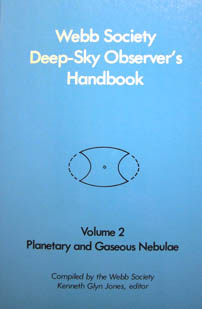
"Observing the Webb Society Planetary Nebula"
With volume-two of the Webb Society's Deep-Sky Observers Handbook, it lists a number of bright planetary nebula visible with small amateur telescopes.
There are a total of 80 planetary nebula listed in the Webb Society handbook.
Some are easy, some are difficult!
All coordinates are for year 1975.
I have 'sketched' or 'video-captured' all 80 objects from the list.
For detailed descriptions and additional sketches, see the Webb Society handbook, V2 "Planetary and Gaseous Nebula".
Also,the "Brightest Planetary Nebulae Observing Atlas" by Massimo Zecchin is a great tool.
White and Black PDF versions are available at this website:
Planetary Nebulae are clouds of interstellar matter, thin but widespread agglomerations of gas and dust.
They mark where a star is slowly dying, or has ended it’s like in a violent explosion.
and are made up of enriched material ejected into interstellar space during the later life stages of the more massive stars in a galaxy.
On cosmic timescales, nebulae undergo rapid changes and have only comparatively short lifetimes, so that those we observe are all young objects.
Planetary nebulae and supernova remnants usually have only a few thousand years before they fade and spread their matter into the interstellar environment.
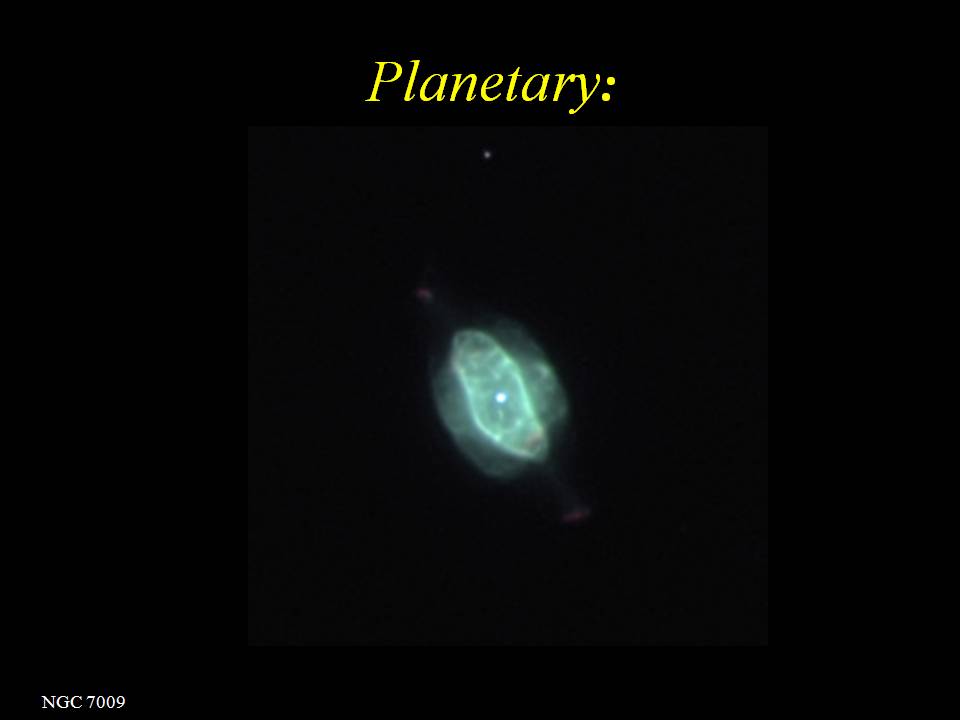
How do Planetary Nebula form?
When a star like our sun has used up all its central nuclear fuel, the force of gravity causes it to contract,
and during that process it ejects a significant portion of its mass in a gaseous shell.
These shells are called planetary nebula, because they resemble a planetary disk.
Its central star cools down to a white dwarf.
Stars which are considerably more massive than our Sun, can explode violently,
ejecting the greatest part of the stellar matter in a rapidly expanding shell.
These are called supernovae remnants. Any leftover material from the exploding star may from a central compact remnant called a ‘neutron star’.
Most of the nebulae that we can visually observe are located within our own Milky-Way galaxy.
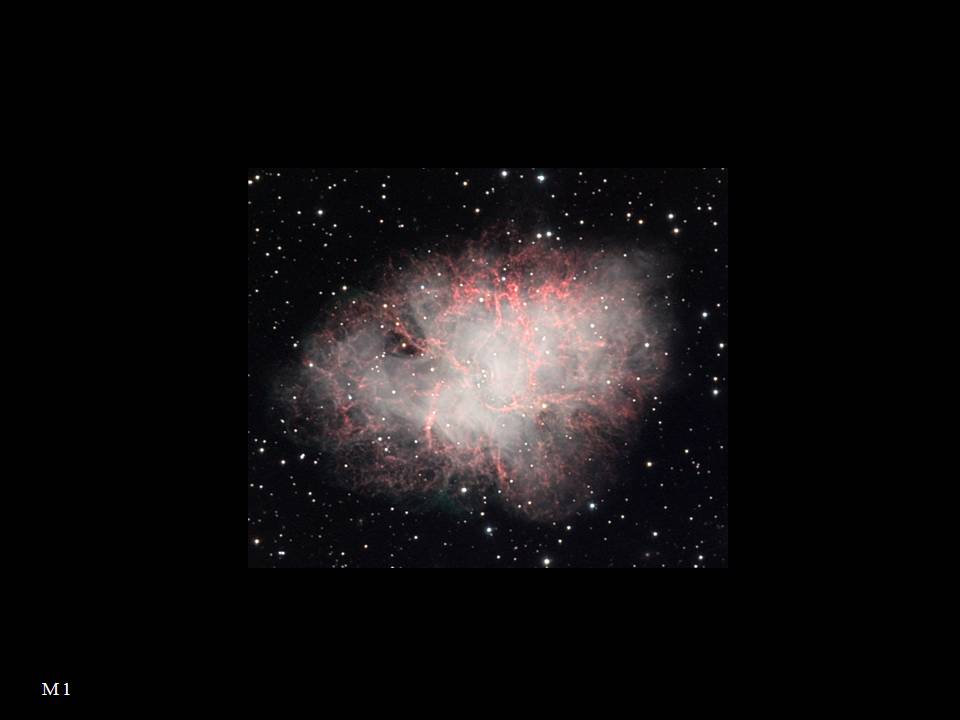
A few examples of Planetary Nebula:
M27, the 'Dumbell Nebula'
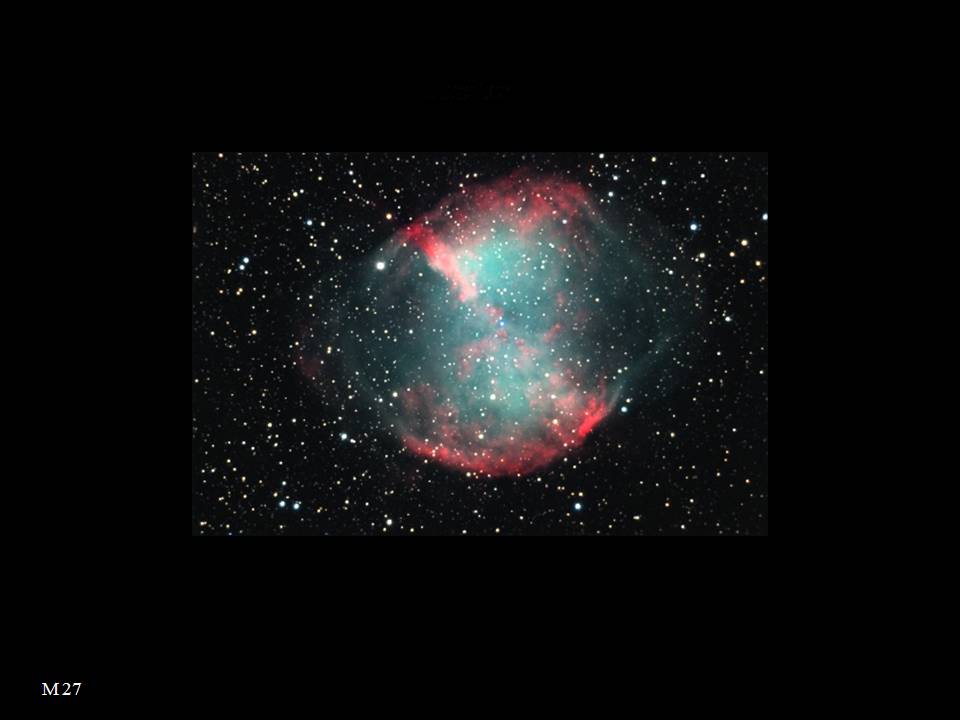
M27 is located in the summer constellation of Vulpecula, 'The Fox’.
It was the first planetary nebula ever observed, and
is one of the brightest and most impressive planetaries, easily visible in binoculars.
M27 is about 1200 light years distant, and is estimated to be close to 48,000 years old.
Discovered in 1764.
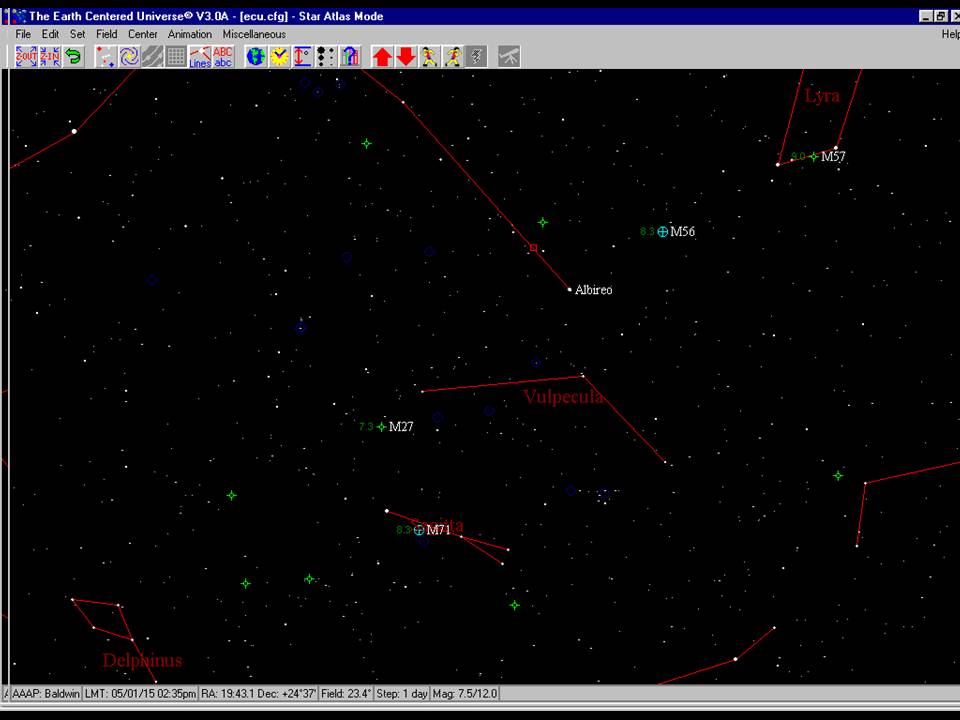
M57, the 'Ring Nebula'

M57 is located in the summer constellation of Lyra, 'The Lyre (Harp)’.
It was second planetary nebula discovered (about 15 yrs after M27). and is easy to locate and can be observed in binoculars.
M57 is about 2300 light years distant, and about 6000 years old. Discovered in 1779.
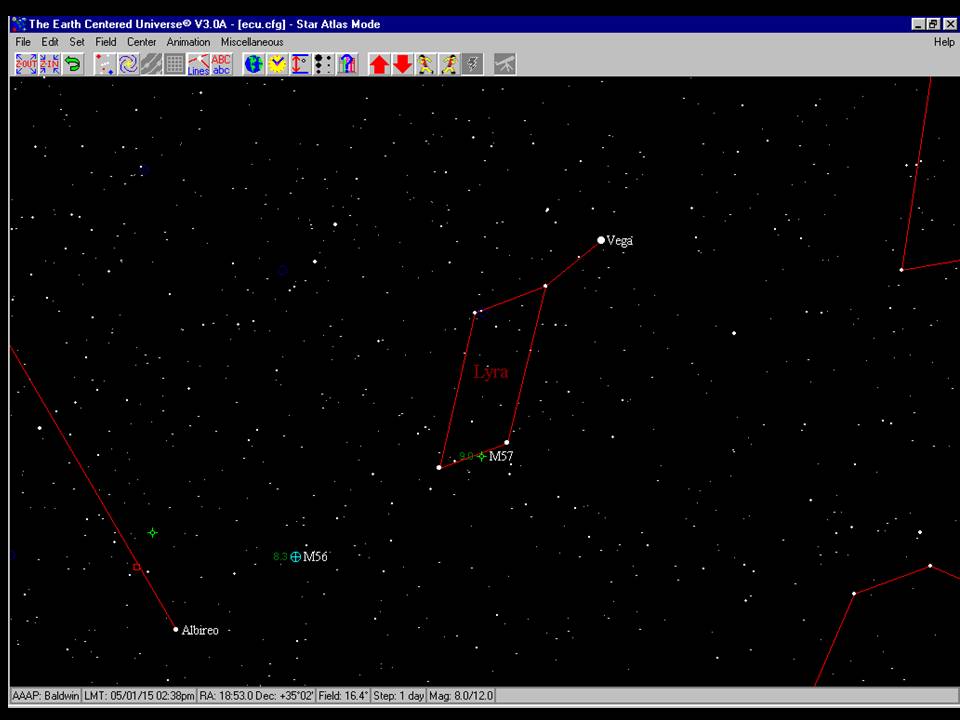
Photo Credits:
NGC7009 - Brad Ehrhorn/Adam Block/NOAO/AURA/NSF
M1 - Adam Block/NOAO/AURA/
M27 - Fred Calvert/Adam Block/NOAO/AURA/NSF
M57 - Adam Block/NOAO/AURA/
Advanced Observing Program: National Optical Astronomy Observatory - Kitt Peak Az http://www.noao.edu/outreach/aop/observers/bestof.html
"Earth Centered Universe" by David Lane http://www.nova-astro.com/
Neat links:
Webb Society
Larry's home webportal
You may E-mail me at:
lsmch@comcast.net
This is it. Hope you enjoyed the visit. Come again soon!

